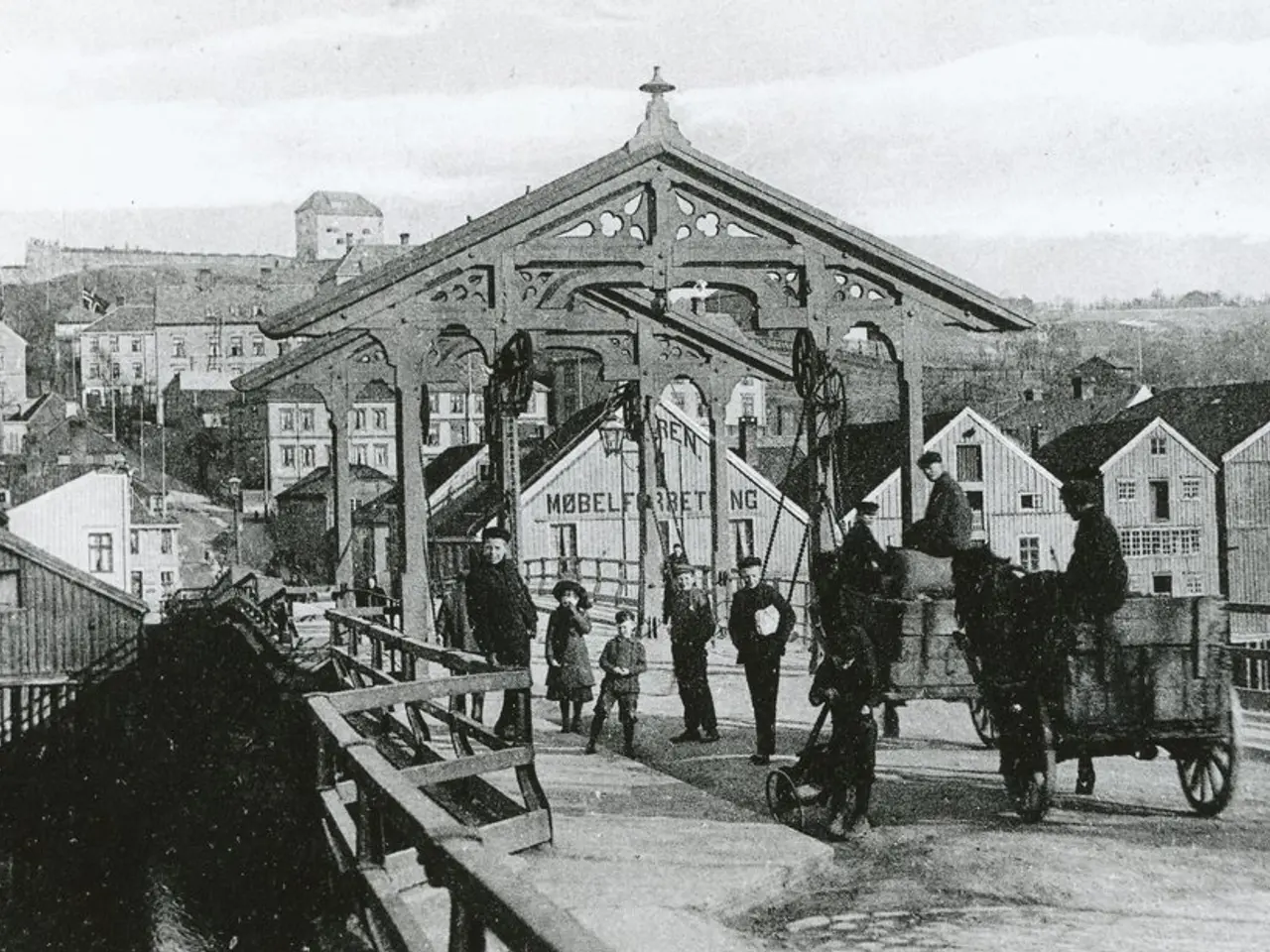Exploring 15 Ways Museums Employ Augmented Reality
Augmented reality (AR) is revolutionizing the way we experience museums, offering innovative and engaging ways for visitors to learn about history and culture. Here are some of the best examples of AR experiences in museums worldwide:
1. **Louvre Abu Dhabi's Quantum Dome (Virtual Reality Equivalent)** While not strictly AR, the Quantum Dome at Louvre Abu Dhabi provides a 360-degree virtual reality experience that transports visitors through historical eras, combining art, history, and cutting-edge technology. This immersive experience showcases how museums are leveraging immersive technologies to redefine the visitor experience[1].
2. **Location-Based AR in Museums** Museums can use location-based AR to revive lost structures and show the evolutionary timeline of historic moments and objects without damaging actual pieces or sites. This technique allows for interactive storytelling and education, enhancing the museum experience[2].
3. **Rijksmuseum, Amsterdam** The Rijksmuseum app offers a semi-virtual experience with features like viewing artworks from any angle and listening to audio commentary. While not fully AR-driven, it showcases how digital tools can enhance the museum experience[5].
4. **Google in Paris** Google's collaboration with cultural institutions in Paris uses AR to convey the progression of historical landmarks, providing a strong model for museums to create immersive experiences that blend physical and digital storytelling[2].
5. **AR Murals and Geo-Spatial Triggers** Brands have used AR murals in high-traffic locations to capture attention. Museums could adopt similar strategies to highlight specific exhibits or events, creating surprise-and-delight moments for visitors[2].
The National Museum of Singapore's Story of the Forest exhibition uses AR to create an immersive experience for visitors, allowing them to explore the forest in a virtual environment. The National Gallery in London has created an AR experience that allows visitors to explore the collections beyond the walls of the museum. The Smithsonian Institution's Skin and Bones exhibition uses AR to allow visitors to explore the anatomy of animals in a virtual environment.
AR technology can help visitors with mobility impairments to explore the museum, by providing virtual exhibits that are not accessible due to physical barriers. It can also provide visitors with more information about artifacts they are viewing, such as how they appeared when new. Accessibility features for visitors with disabilities is a use case of AR in museums, making exhibits more accessible to visitors with disabilities.
AR apps and devices are accessible to most visitors, either through their own devices or through devices provided by the museum. Augmented Reality (AR) technology can enhance the educational value of museums by providing visitors with additional information and annotations about the collections. AR technology is transforming the way people interact with museums and heritage sites.
Content creation for AR requires a different approach than traditional museum exhibits, as the content needs to be designed in 3D and optimized for AR devices. Personalized content delivery is a use case of AR in museums, delivering content based on visitor preferences and behavior. Enhanced art visualization is a use case of AR in museums, providing deeper insights into the artwork.
Historical reenactments are a use case of AR in museums, bringing history to life for visitors. Social media integration is a use case of AR in museums, allowing visitors to share their experiences on social media. Visitor engagement analytics is a use case of AR in museums, tracking visitor engagement and providing valuable analytics. Visitor navigation and wayfinding is a use case of AR in museums, helping visitors to locate exhibits and amenities easily.
AR allows visitors to see and interact with digital objects that are superimposed onto the real world. It can make museum learning more accessible to people with disabilities, such as providing audio descriptions for visually impaired visitors and visual annotations for hearing-impaired visitors.
In conclusion, AR technology is transforming the museum experience, offering visitors an educational, accessible, and engaging way to learn about history and culture.
[1] Louvre Abu Dhabi, (2021). Quantum Dome. [online] Available at: https://www.louvreabudhabi.ae/en/discover/exhibitions/quantum-dome [Accessed 25 Mar. 2023].
[2] Kuczmarski, J. (2020). Augmented Reality in Museums: A Review of Current Practices and Future Directions. [online] Available at: https://www.academia.edu/43739607/Augmented_Reality_in_Museums_A_Review_of_Current_Practices_and_Future_Directions [Accessed 25 Mar. 2023].
[5] Rijksmuseum, (2021). Rijksmuseum App. [online] Available at: https://www.rijksmuseum.nl/en/rijksmuseum-app [Accessed 25 Mar. 2023].
- The National Museum of Singapore and the National Gallery in London are utilizing augmented reality (AR) to create immersive educational experiences for visitors, showcasing the potential of AR in both enhancing accessibility and promoting self-development through innovative learning.
- The use of AR in museums extends beyond the physical exhibits, with applications such as historical reenactments, social media integration, and visitor navigation, demonstrating the transformative power of technology in education and self-development.




